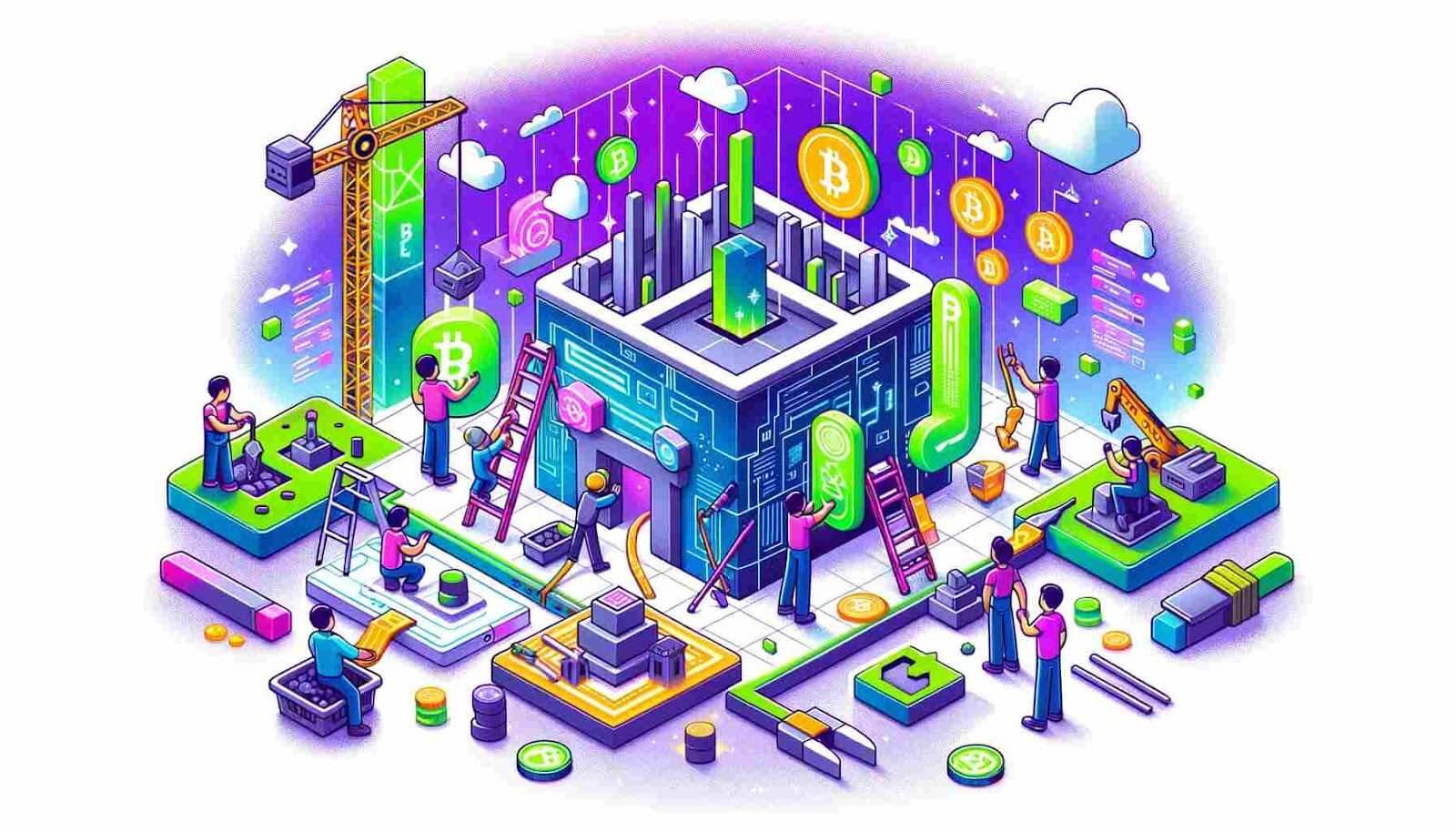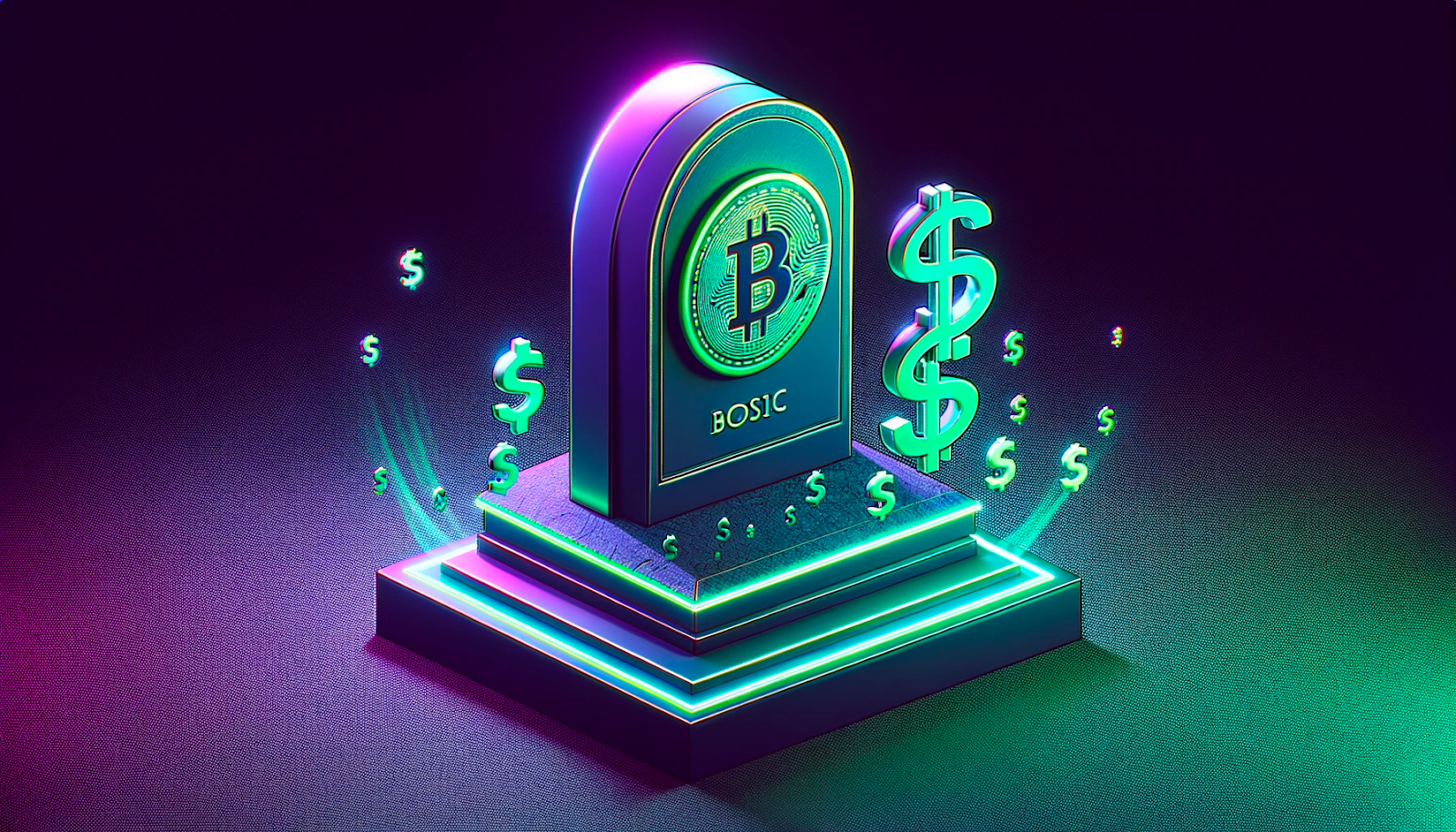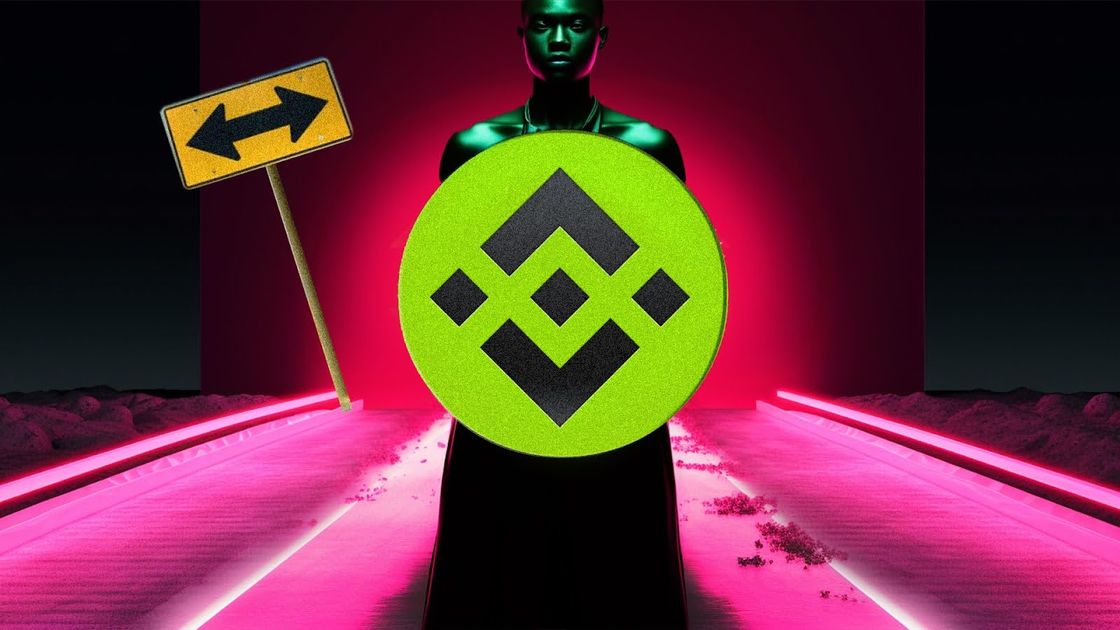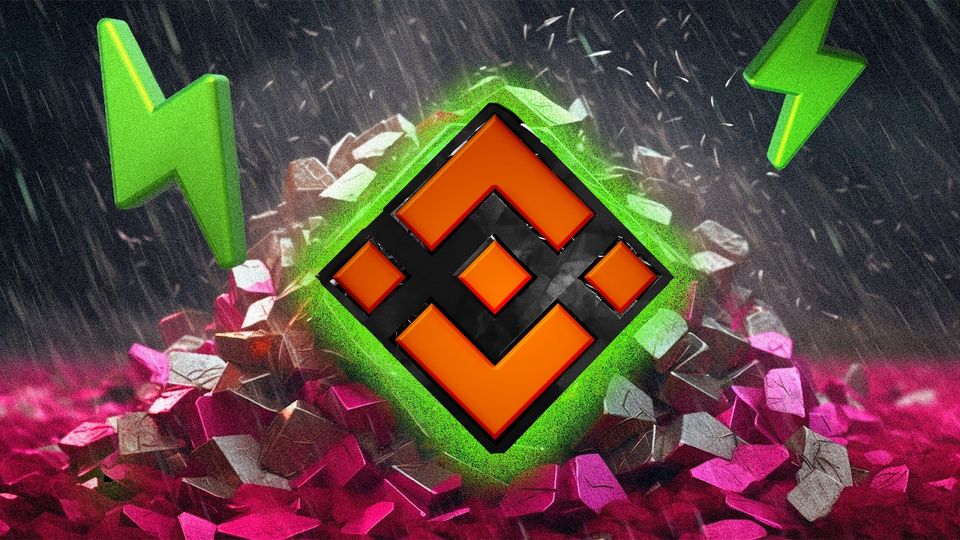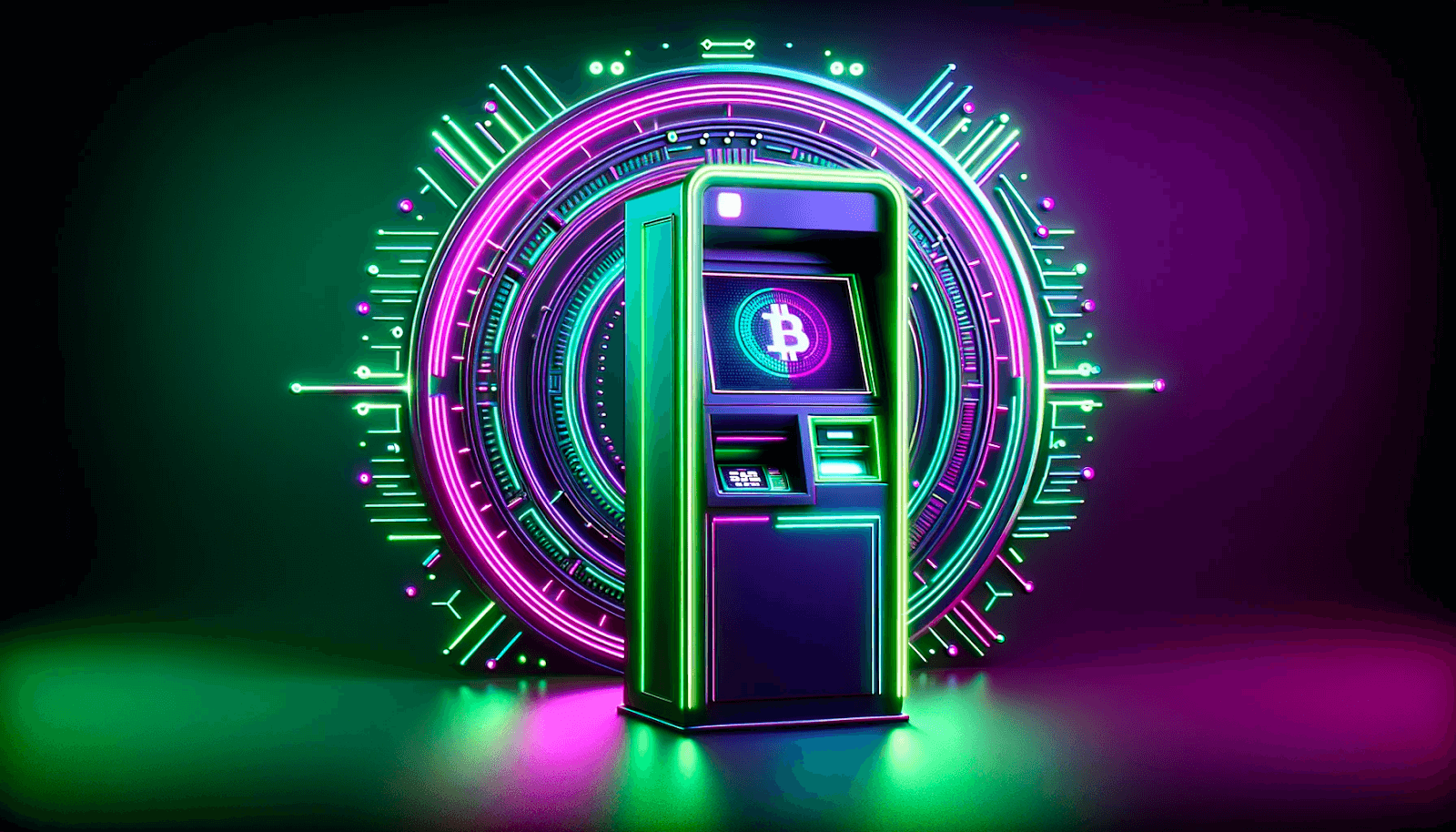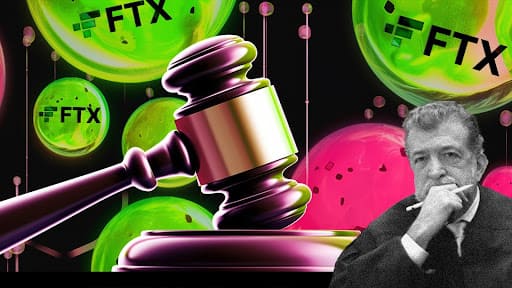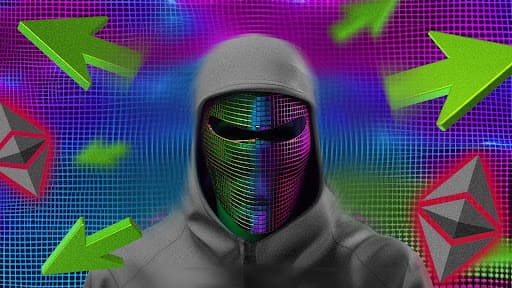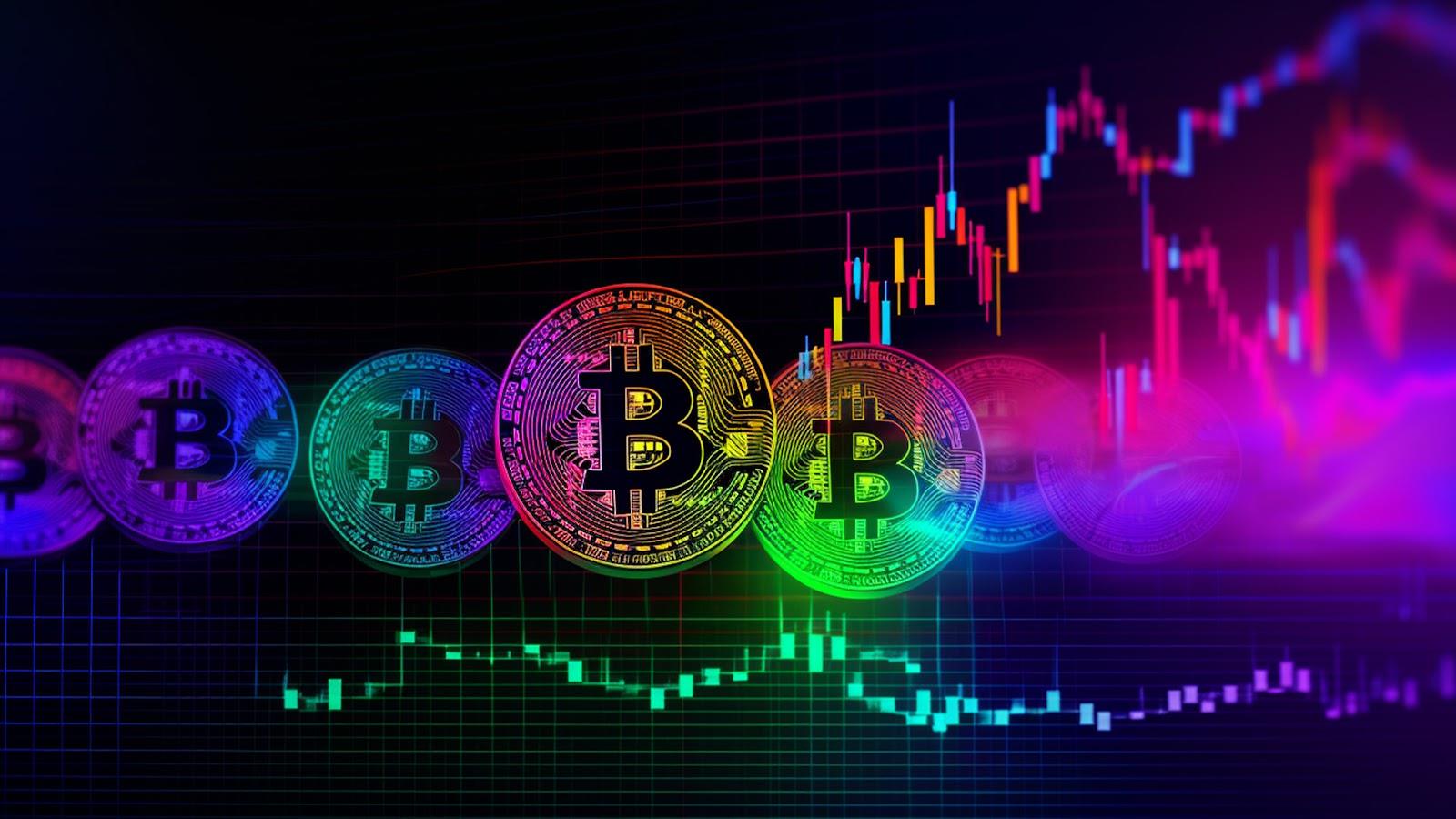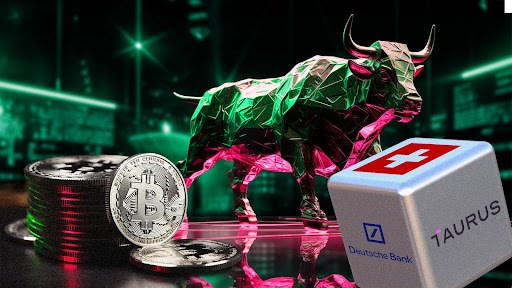
Great analysis takes time, which is why it almost took until September for crypto data platform Messari to publish its altcoin market report for Q2 2023.
Entitled ‘State of the Market Q2 2023,’ the report delves into Messari’s top 30 altcoin projects. Such list includes all the industry-pioneering Layer-1 solutions, many of their Layer-2 protocols, and other interesting DeFi projects.
Also getting in on the mix were projects from the world of GameFi, as metaverse platform ‘The Sandbox’ saw its native $SAND included, as did Yuga Labs and its native coin to the Bored Ape Yacht Club (BAYC) NFT empire, ApeCoin ($APE).
Per its own description:
“This report aggregates market data and key performance indicators of over 30 projects covered by Messari through our Protocol Services’ engagements. We also included Bitcoin and Ethereum for comparison. These projects are ordered based on their respective market capitalization”.
With the report’s 68 pages covering all thirty projects for us, this article will solely focus on the Q2 performances of the top five altcoins- that is, Ethereum (ETH), Binance Coin (BNB), XRP Ledger (XRP), Cardano (ADA), and Solana (SOL).
As Bitcoin does a fine job on its own, the KPI’s and general narratives behind these projects allow us to make generalised conclusions regarding the current altcoin landscape- whilst also giving us clues as to how Q3 may play out.
Source: https://resources.messari.io/state_of_market_Q2_2023.pdf
Ethereum (ETH)
Being the largest altcoin in existence, Ethereum is the first project to be discussed. Given its mass usage, there were many facets to the coin’s analysis- with the main two being ‘institutional impacts’ and ‘memecoin activity’.
Institutional Impacts
As you’d expect, Ethereum’s altcoin market dominance remained throughout Q2, largely due to bullish institutional investors that saw kindly to its transition from Proof-of-Work (PoW) to Proof-of-Stake (PoS) last year.
Additionally - and as we’ll come to encounter again and again when discussing the other coins- the SEC’s ongoing onslaught towards several of Ethereum’s main competitors also helped the Layer-1 solidify its large share of the altcoin market.
However, the SEC’s ‘unregistered securities’ investigations had both positive and negative impacts on Etheruem. This is because institutional investors remained reluctant to make direct investments in ETH due to the uncertainty of its stature as unregistered security, however with its Layer-2 solutions and other competing altcoins facing the same concerns, this encouraged funds to funnel back into the more-established Layer-1 network.
Such dynamic also explains why an ETH price pump didn’t occur over Q2, as a lot of the institutional investments were made via indirect means (with paper contracts on the CME exchange being a large contributor).
Ethereum Memecoin Activity
In other Ethereum news, ERC-20 memecoin explosions across Q2 led to a lot of ETH being burned. Here- and thanks to moonings from the likes of Pepe the Frog (PEPE) and Midlady (LADYS)- many Ethereum clients were also bombarded with too many transactions to handle, which then led to blockchain finalisation issues.
In turn, these effects caused a slow-down in Ethereum’s deflationary dynamics.
Away from this, Ethereum Layer-2 solutions continued to grow, with builder-friendly ‘Base’ being a stand-out performer.
And finally, the beginning of the quarter saw the launch of Ethereum’s Shanghai upgrade. Also known as the Shapella upgrade, this event marked a landmark development in Ethereum’s mission to achieve maximum security, decentralization, and scalability.
The Shapella upgrade lessened the burdens on validators, whilst also allowing them to unstake their tokens and collect their rightful rewards. Moving forwards, the Shapella upgrade has provided a clearer outlook for assessing the state of the Ethereum network.
Binance Coin (BNB)
Due to the SEC’s ongoing interest in Binance, its native BNB token had a busy and relatively difficult Q2 to grapple with.
Data found that BNB Chain’s average daily active addresses and transactions increased by 25.6% and 24.4%, however its market cap declined by 25.2%. Here, the activity increases were said to come through BNB’s integration with LayerZero (a cross-chain interoperability solution for EVM chains), whilst its fall in market cap was said to be a result of the SEC’s labelling of BNB and BUSD as securities.
The network also came out of Q2 with a decline in it’s QoQ (quarter-on-quarter) transaction fee revenue, which goes hand-in-hand with other bearish circumstances surrounding Binance at the moment- such as a New York regulator forcing a reduction in BUSD’s market cap by ordering Paxos to stop its issuance.
That being said, staking on BNB remained stable throughout Q2, and technical developments such as the Planck hard fork, Luban hard fork, and opBNB were introduced.
Bullish news also came through rumours of other upgrades, such as the ability to freeze transactions on the blockchain level (as opposed to Ethereum’s smart-contract freezing mechanisms).
In conclusion, the present and future performance of BNB weighs heavily on the performance of its creator, Binance. If, as reported, the CEX can resolve its regulatory issues with US authorities, things may improve (and vice versa).
XRP Ledger (XRP)
After facing regulatory scrutiny for almost three years now, Ripple and its XRP Ledger is another project finding it hard to stay out of the spotlight.
Q2 saw the market cap of XRP increase over 40%, despite the number of daily active addresses declining almost 18%. This fall in the number of daily active addresses could be due to the competition that XRP is currently facing from ‘Stellar,’ a de facto fork working with payments operator MoneyGram to become a leader in the FinTech space.
As Ripple’s partial win over the SEC occurred in July, the impacts of this bullish ruling weren’t included in the report. That being said, it’s thought that the coin’s Q2 market cap pump came due to the consensus that Ripple would come out on top.
For more background on the ongoing SEC vs. Ripple case, visit this article.
Cardano (ADA)
Cardano (ADA) was another altcoin to be labelled a security in the SEC’s suing of Binance and Coinbase.
Perhaps the most notable ADA activity throughout Q2 was the 10% rise in the Total Value Locked (TVL) on its D5 protocols, which we can attribute to the January launch of DJED- the new overcollateralized stablecoin of the Cardano ecosystem.
Additionally, Cardano’s daily dApp transactions increased 50%, which came simultaneous to developments regarding its Hydra Head scaling solution.
The general consensus surrounding Cardano is that it needs more support from centralised stablecoin issuers if it wants to scale- meaning whilst the network continues to avoid influence from centralised bodies, it also continues to endure a lack of investment-encouraging liquidity support.
However on today’s scaling front, the developments of EVM sidechain Milkomeda (which will become a Layer-2) are making it possible for each staking pool to process up to 1000 transactions per second. With over 3000 staking pools, this could make Cardano an industry-leader through theoretically allowing it to process over 3 million transactions per second.
Solana (SOL)
The fifth and final altcoin to be discussed is Solana.
This NFT leader saw its market cap fall by 9% in Q2- which again, we can attribute to the fact that SOL was labelled a security in the SEC’s case against Binance and Coinbase.
Other notable mentions are that the number of Solana validators fell over 20%, whilst May saw the launch of the Solana Saga smartphone- which, because of insufficient demand, recently endured a 40% price slash.
As part of the resolution processes of the now defunct FTX and Alameda Research- who together held roughly 15% of SOL’s total supply- we can expect more downward pressure to be applied to the SOL ecosystem, as a hefty load of liquidation will inevitably take place.
Conclusion
Although the report is a fairly pessimistic read, when considering the ongoing clampdowns and uncertainty revolving around crypto, Q2 2023’s figures still remain impressively substantial.
That is, the objective activity and engagement levels across the altcoin space indicate serious adoption and resistance qualities…in aspects that go way beyond mere price valuations and trade volume.
Of course, the pivotal caveat that we’re referring to here is that altcoins are still bearing the brunt of the crypto winter, whilst also being relentlessly attacked by the SEC.
Further, the report’s analysis firmly points-out that this latter issue is a running theme across each coin’s Q2 drawbacks.
With this in mind- and after considering the utmost influence in which the US has on altcoin matters- the longevity and severity of the ongoing bear market may be determined by the level and speed in which regulatory clarity can be achieved in the country.
In addition to the SEC antics, BlackRock’s spot BTC ETF application and the rumoured ETH Futures ETF will also hold influence over the crypto landscape, as well as the expectation that crypto regulation will be achieved across Asian and European jurisdictions in the near future.
Click here to access the entire 68-page ‘State of the Market Q2 2023’ report.
Want More Cutting-Edge Crypto News?
Follow Us: X TikTok Instagram Telegram LinkedIn
Sign up to our newsletter at the bottom of the page
Check Out Our Top Altcoins of 2023
This article is intended for educational purposes and is not financial advice


